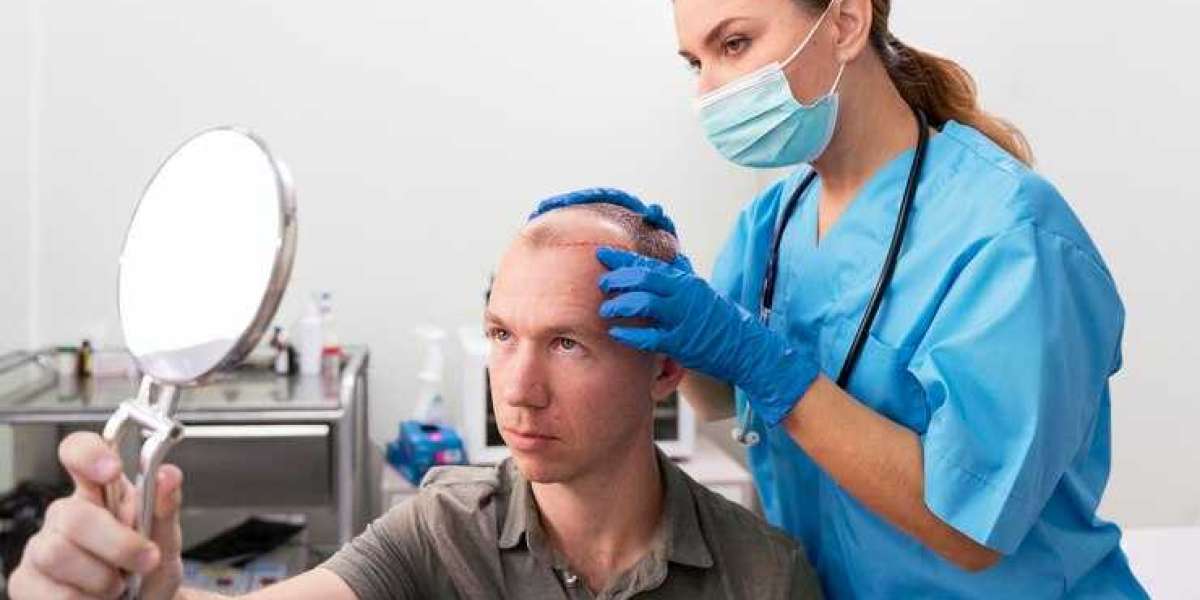The Broadcast Media Technology Market Size is Anticipated to Exceed USD 91.65 Billion by 2033, Growing at a CAGR of 7.54% from 2023 to 2033.
Broadcasting involves distributing audio or video content to a wide audience through various digital media, including television, radio, and online platforms. As demand for media and entertainment grows, especially on mobile devices, the broadcasting industry continues to evolve. Innovations like Direct-to-Mobile (D2M) technology are allowing users to watch TV on mobile devices without a data connection, further expanding the reach and accessibility of broadcasting services. This growth is driven by urbanization, shifting consumer preferences, and the increasing use of mobile platforms.
This study gives a detailed analysis of drivers, restrains, opportunities and challenges limiting the market expansion of Global Broadcast Media Technology Market market. The survey included a diverse set of players, including a balance of leading and growing manufacturers for business profiling, such as;
Dell Inc. IBM Quantum Corporation Harmonic VSN Video Stream Networks S.L WideOrbit Clyde Broadcast Sencore AVI Systems EVS Broadcast Equipment ACORDE Technologies S.A Grass Valley LLC. Evertz Rohde Schwarz GmbH Co KG Others
Our expert team is consistently working on updated data and information on the key player's related business processes that value the market for future strategies and predictions
Get Access to a Free Copy of Our Latest Sample Report - https://www.sphericalinsights.com/request-sample/5607
Market Segmentation:
By Component
- Software
- On-Premise
- Cloud
- Services
- Consulting
- Support and Maintenance
- Manages Services
By Hosting Model
- Integrated
- Standalone
Covered in this Report:
1. Go-to-market Strategy.
2. Neutral perspective on the market performance.
3. Development trends, competitive landscape analysis, supply side analysis, demand side analysis, year-on-year growth, competitive benchmarking, vendor identification, QMI quadrant, and other significant analysis, as well as development status.
4. Customized regional/country reports as per request and country level analysis.
5. Potential niche segments and regions exhibiting promising growth covered.
6.Analysis of Market Size (historical and forecast), Total Addressable Market (TAM), Serviceable Available Market (SAM), Serviceable Obtainable Market (SOM), Market Growth, Technological Trends, Market Share, Market Dynamics, Competitive Landscape and Major Players (Innovators, Start-ups, Laggard, and Pioneer).
Buy this report now:- https://www.sphericalinsights.com/checkout/5607
Industry Developments:
In August 2024, DirectOut selected Digital Media Technology Co. Ltd. (DMT) as a new distributor for its audio solutions in the region. This new agreement is a big step forward in DirectOut's expansion into Asia, reinforcing their commitment to offering world-class audio solutions.
Regional Analysis for Global Broadcast Media Technology Market Market:
✫ North America: (U.S., Canada, Mexico)
✫ Europe: (U.K., Italy, Germany, Russia, France, Spain, The Netherlands and Rest of Europe)
✫ Asia-Pacific: (India, Japan, China, South Korea, Australia, Indonesia Rest of Asia Pacific)
✫ South America: (Colombia, Brazil, Argentina, Rest of South America)
✫ Middle East Africa: (Saudi Arabia, U.A.E., South Africa, Rest of Middle East Africa)
Benefits of the Report:
⏩ A descriptive analysis of demand-supply gap, market size estimation, SWOT analysis, PESTEL Analysis and forecast in the global market.
⏩ Top-down and bottom-up approach for regional analysis
⏩ Porter’s five forces model gives an in-depth analysis of buyers and suppliers, threats of new entrants substitutes and competition amongst the key market players.
⏩ By understanding the value chain analysis, the stakeholders can get a clear and detailed picture of this Market
Insightful inquiry before buying:- https://www.sphericalinsights.com/inquiry-before-buying/5607
Frequently asked questions:
➥ What is the market size of the Global Broadcast Media Technology Market market?
➥ What is the market growth rate of the Global Broadcast Media Technology Market market?
➥ What are the Global Broadcast Media Technology Market market opportunities and threats faced by the vendors in the global Global Broadcast Media Technology Market Industry?
➥ Which application/end-user or product type may seek incremental growth prospects? What is the market share of each type and application?
➥ What focused approach and constraints are holding the Global Broadcast Media Technology Market market?
➥ What are the different sales, marketing, and distribution channels in the global industry?
Unlock the full report now! @ https://www.sphericalinsights.com/reports/broadcast-media-technology-market
Related Report:
Global Electric Insulator Market Size To Worth USD 22.4
Global Electric Insulation Market Size To Exceed USD 19.96
Global Electrochemical Sensors Market Size To Worth USD 23.25
Global COVID-19 Nasal Vaccine Market Size, Share Report 2030
https://www.sphericalinsights.jp/reports/covid-19-nasal-vaccine-market
Global Limb/Leg Lengthening Surgery Market Size, Share Report 2030
https://www.sphericalinsights.jp/reports/limb-leg-lengthening-surgery-market
About the Spherical Insights
Spherical Insights is a market research and consulting firm which provides actionable market research study, quantitative forecasting and trends analysis provides forward-looking insight especially designed for decision makers and aids ROI.
which is catering to different industry such as financial sectors, industrial sectors, government organizations, universities, non-profits and corporations. The company's mission is to work with businesses to achieve business objectives and maintain strategic improvements.
Contact Us:
Company Name: Spherical Insights
Email: sales@sphericalinsights.com
Phone: +1 303 800 4326 (US)














